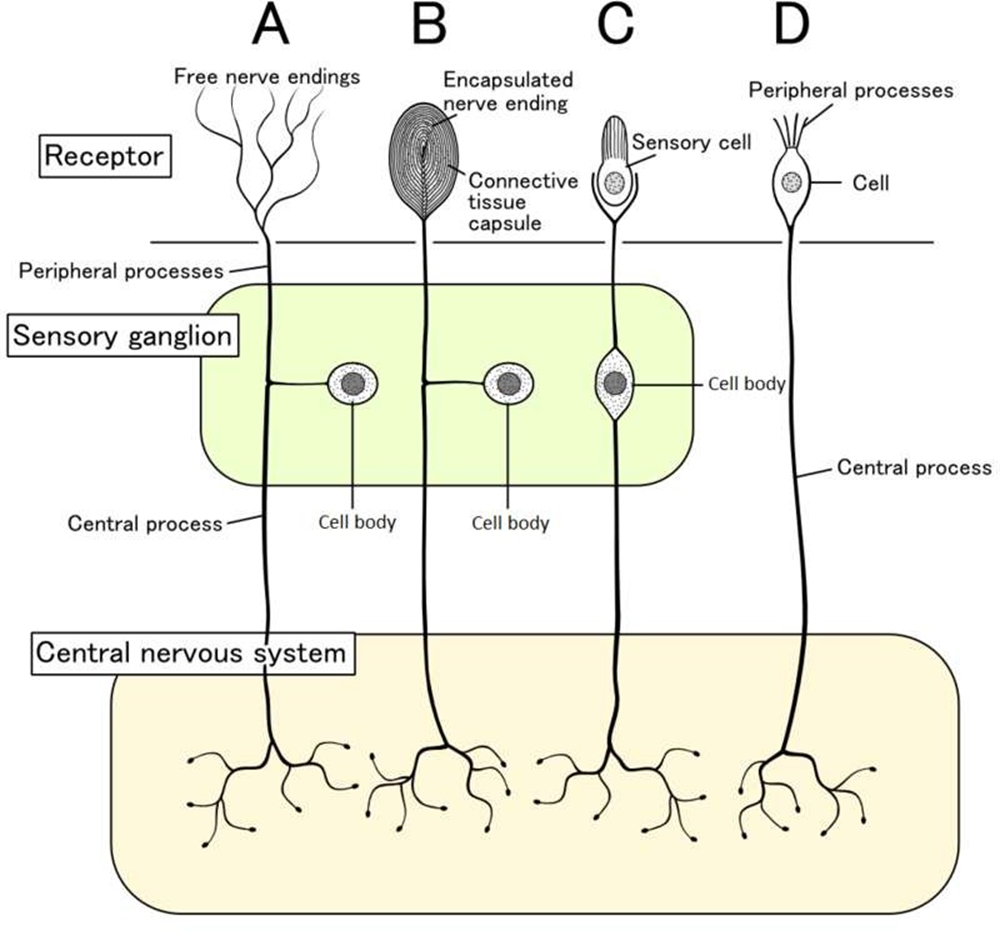A nurse is providing care for a patient who is three days postoperative following a cholecystectomy. The nurse suspects an infection due to the yellow and thick drainage from the dressing.
What type of drainage should the nurse report?
Serosanguineous
Serous
Sanguineous
Purulent
The Correct Answer is D
Choice A rationale:
Serosanguineous drainage is a mixture of blood serum and blood. It is typically thin and watery, with a pinkish or reddish hue.
It is common in the early stages of wound healing, as small blood vessels are injured and release their contents. However, it's not consistent with the yellow and thick drainage described in the question, making it an unlikely choice.
Choice B Rationale:
Serous drainage is clear and watery, composed primarily of blood plasma.
It's also common in the early stages of wound healing and is considered a normal part of the process. However, the clear and watery nature of serous drainage doesn't match the thick, yellow drainage described in the question, ruling out this option.
Choice C Rationale:
Sanguineous drainage is composed primarily of fresh blood.
It's often bright red and may be thick or thin, depending on the amount of bleeding. While sanguineous drainage can indicate a problem, it's typically associated with active bleeding or recent trauma. The yellow color of the drainage in the question makes this choice less likely.
Choice D Rationale:
Purulent drainage is a thick, yellow, green, or brown fluid that often has a foul odor.
It's a sign of infection, as it contains dead white blood cells, bacteria, and debris. The yellow and thick consistency of the drainage described in the question strongly suggests purulent drainage, making it the most likely answer.
Key Points:
The color, consistency, and odor of wound drainage can provide valuable clues about the healing process and potential complications.
Purulent drainage is a hallmark of infection and requires prompt attention.
Nurses play a crucial role in assessing wound drainage and reporting any concerns to the healthcare team.
Nursing Test Bank
Naxlex Comprehensive Predictor Exams
Related Questions
Correct Answer is B
Explanation
Choice B rationale:
Stridor is a high-pitched, wheezing sound that is heard during inspiration. It is caused by a narrowing or obstruction of the upper airway. This can be a serious complication after extubation, as it can indicate that the patient is not able to breathe adequately. Stridor can be caused by a number of factors, including:
Laryngeal edema: This is swelling of the larynx, which can be caused by irritation from the endotracheal tube.
Laryngospasm: This is a sudden constriction of the muscles of the larynx, which can be caused by irritation or by a foreign body in the airway.
Vocal cord paralysis: This is a loss of movement of the vocal cords, which can be caused by damage to the nerves that control them.
Blood or secretions in the airway: These can obstruct the airway and cause stridor.
It is important for the nurse to report stridor to the provider immediately so that the cause can be identified and treated. Treatment may include:
Oxygen therapy: This can help to improve the patient's breathing.
Medications: These may be used to reduce inflammation or to relax the muscles of the airway. Reintubation: This may be necessary if the patient is not able to breathe adequately on their own.
Correct Answer is B
Explanation
Choice A rationale:
The spinal cord plays a crucial role in pain transmission, but it does not initiate the afferent pathways. It receives pain signals from nociceptors and relays them to the brain for processing.
The spinal cord is also involved in pain modulation, as it can dampen or amplify pain signals depending on various factors. However, it is not the primary trigger for pain sensation. That role belongs to nociceptors.
Choice B rationale:
Nociceptors are specialized sensory receptors that detect potentially damaging stimuli, such as intense heat, pressure, or chemical irritants.
They are located throughout the body, including the skin, muscles, joints, and internal organs.
When nociceptors are activated, they generate electrical signals that travel along nerve fibers to the spinal cord and brain. This process initiates the afferent pathways, which ultimately lead to the conscious perception of pain.
Nociceptors are essential for protecting the body from harm. They alert us to potential dangers and trigger responses that help us avoid injury or further damage.

Choice C rationale:
Endorphins are natural pain-relieving substances produced by the body. They act on receptors in the brain and spinal cord to reduce pain perception.
However, endorphins do not trigger the afferent pathways. They work by modulating pain signals that have already been initiated by nociceptors.
Choice D rationale:
The cortex is the outer layer of the brain that is responsible for higher-level functions, such as thinking, feeling, and decision- making.
It plays a role in the conscious experience of pain, but it does not trigger the afferent pathways.
The cortex receives pain signals from the spinal cord and processes them, leading to the awareness of pain.
Whether you are a student looking to ace your exams or a practicing nurse seeking to enhance your expertise , our nursing education contents will empower you with the confidence and competence to make a difference in the lives of patients and become a respected leader in the healthcare field.
Visit Naxlex, invest in your future and unlock endless possibilities with our unparalleled nursing education contents today
Report Wrong Answer on the Current Question
Do you disagree with the answer? If yes, what is your expected answer? Explain.
Kindly be descriptive with the issue you are facing.
